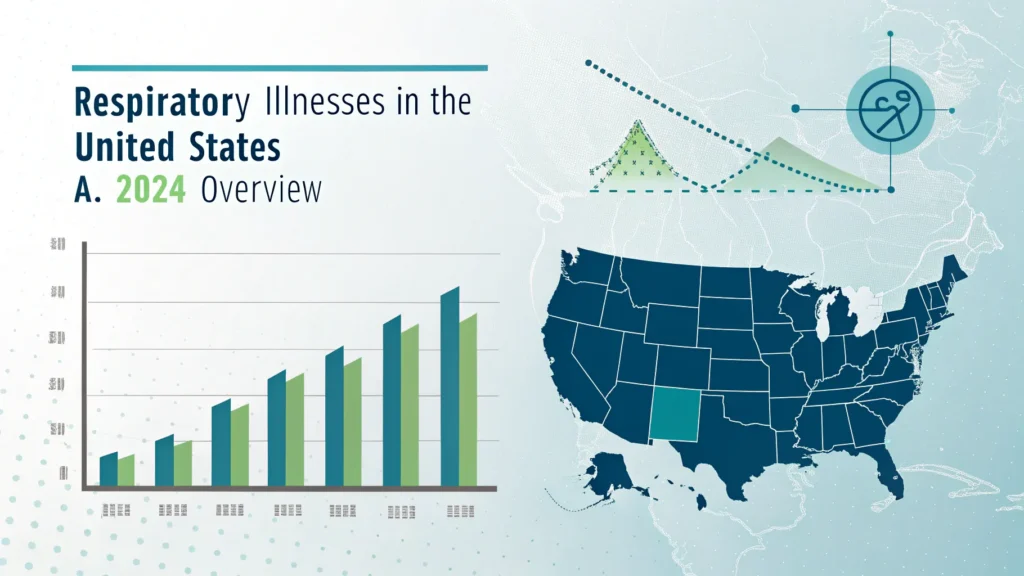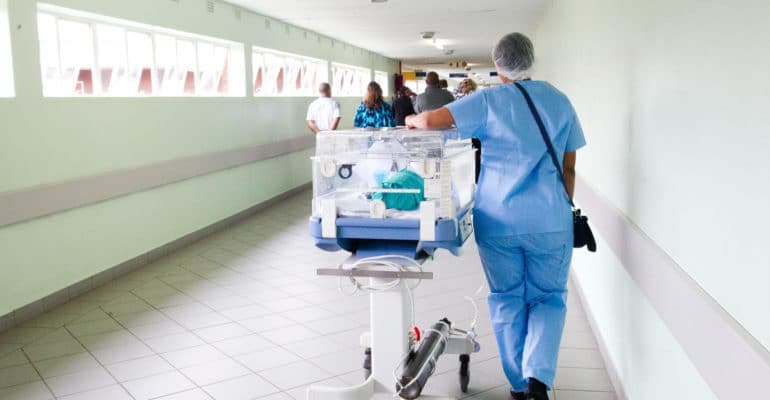Table of Contents
ThThe epidemiology of respiratory disease in the United States continues to change in 2024, and new conditions and their attendant challenges and opportunities for public health officials, health care personnel, and communities have continued to unfold. ”This wide-ranging volume looks at the national picture: how the respiratory health of the country has changed over the period and what has worked to combat illness.
Patterns of Respiratory Illness Presenting complaint
The respiratory health situation during 2024 is characterized by the simultaneous presence of different pathogens. Seasonal influenza, rhinoviruses and different coronavirus strains have added to the respiratory disease burden. Monitoring and treatment have become more advanced as healthcare systems have adjusted to take a lesson from previous years.
Seasonal Influenza Impact
2023-2024 Influenza Season The 2023-2024 flu season showed rates of activity consistent with its seasonal trend with increased activity observed during the winter months. Vaccination campaigns have continued to be the cornerstone of public health, and healthcare professionals have continued to stress the necessity of flu shots on an annual basis, especially for at-risk groups like the elderly, young children, and the immunocompromised.
COVID-19 Developments
Although widespread immunity and better treatments have tamed COVID-19, new variants have kept coming. Healthcare systems have been on the alert through monitoring and surveillance schemes. Vaccination efforts have adapted to variant-specific issues, updated boosters released on an as-needed basis.
Healthcare System Adaptations
The main changes that the health care workers have undertaken in the management of respiratory illness are as follows:
Telemedicine Strengthening Services
- Wireless Monitoring facilities
- Virtual consultation options
- Digital health health tracking devices
Improved Testing Capabilities
- Rapid diagnostic tools
- Multi-pathogen detection systems
- Home testing options
Treatment Protocol Updates
- Strategies based on personalized medicine
- Interventions based on evidence
- New therapeutic possibilities combined with other conventional treatment
Prevention Strategies
Public health officials have continued to have a range of prevention policies in place, covering:
- More focus on take care of our personal hygiene
- New Ventilation Regulations for Public Spaces
- Health surveillance at schools and workplaces on a routine basis
- Community education programs
- Focussed interventions on high-risk groups
Effect on susceptible individuals
Special care has been taken to shield the vulnerable:
- Elderly individuals
- Those with preexisting medical problems
- Children under five
- Immunocompromised individuals
- Vulnerable communities
Future Perspectives and Recommendations
In the meantime, healthcare experts advise:
- It Is 2024, and We Still Don’t Know What Causes a Common Respiratory Infection in the U.S.
- Sustaining strong surveillance programmes
- Ongoing investment in R & D
- Building robust health systems
- Strengthening public health communication
- Building resilient health-care delivery systems
Conclusion
The treatment of lung disease in the US in 2024 demonstrates a smarter, more interconnected public health strategy. Although there are still challenges, the healthcare system has shown itself to be more robust and flexible. Ongoing monitoring, as well as continued research and development of treatments, is necessary to successfully addressing respiratory health issues in the population of the United States.
Keywords: respiratory illness 2024, US healthcare, flu season, COVID-19 variants, public health measures, respiratory disease prevention, healthcare response, vulnerable populations, telemedicine, disease surveillance



